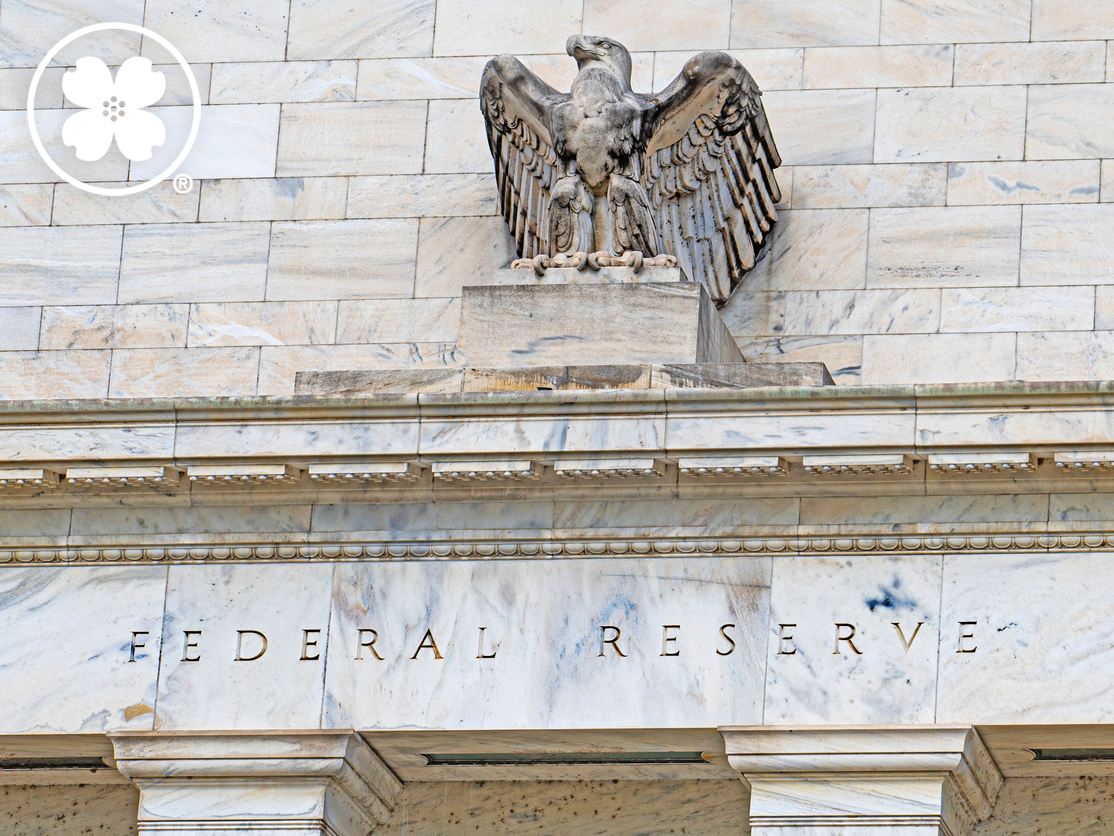Broad investment gains across stocks, bonds, and precious metals reflected market strength in September, driven by AI growth, interest rate cuts, and resilient global performance.

Jerome Powell, Chair of the Federal Reserve, delivered his final Jackson Hole speech on Friday, August 22, 2025. Markets were watching closely for signals on the path of policy, particularly the September Federal Open Market Committee (FOMC) meeting. Powell acknowledged progress on inflation but stopped short of validating the market’s aggressive easing expectations.
Notably, Powell opened the door for rate cuts as early as next month, suggesting the labor market may now be softening enough to restrain inflationary forces—particularly those amplified by tariffs. It was also stated that the balance of risks appears to be shifting.
While headline labor market measures still look stable, this stability masks a marked slowing in both the supply of and demand for workers. Powell warned that such dynamics create an unusual situation where the risks of worse-than-expected outcomes are rising. If those risks materialize, they could do so abruptly in the form of sharply higher layoffs and rising unemployment.
Inflation
- CPI: 2.7% headline; 3.1% core, reflecting steady but above-target price pressures.
- PCE (Fed’s preferred gauge): 2.6% headline; 2.8% core, showing a similar moderation trend.
- Perspective: Both measures are well below the 2022 peaks (9.1% CPI, 7.2% PCE) but remain above the Fed’s 2% objective, underscoring unfinished work on price stability.
- PPI: 3.3% year-over-year—well above expectations—suggests potential for renewed inflationary momentum feeding into future consumer price data.
Labor Market
- Job Growth: July payrolls rose by just 73,000 jobs, with downward revisions of 258,000 to prior months, highlighting weakening momentum.
- Unemployment: Holding steady at 4.2% but edging higher relative to recent cycle lows.
- Sector Trends: Hiring remains concentrated in healthcare, while broader industries show signs of stalling; wage growth continues to cool.
The Fed’s Policy Crossroads
The Federal Reserve faces a delicate balance between two competing narratives:
- Case for Cutting: A weakening labor market, moderating inflation, and slower wage growth suggest easing could support economic momentum.
- Case for Holding: Inflation remains above target, producer prices are re-heating, and the Taylor Rule all indicate policy rates should be closer to 6%, versus today’s 4.35%.
Move too soon, and the Fed risks repeating the mistakes of the 1970s: rekindling inflation, fueling asset bubbles, and eroding credibility. Wait too long, and it risks prolonging labor market weakness and dragging on growth.
Market Implication
Markets still price a September rate reduction, and nearly four 0.25% cuts over the next year. Powell’s careful tone left investors debating whether the Fed will resist political and market pressure or deliver the easing expected. Volatility remains likely into the September meeting.
Positioning View
Precious metals, especially gold, remain a strategic asset class. They serve as a resilient hedge against inflation uncertainty and the potential risks of policy miscalculations by the Federal Reserve.


